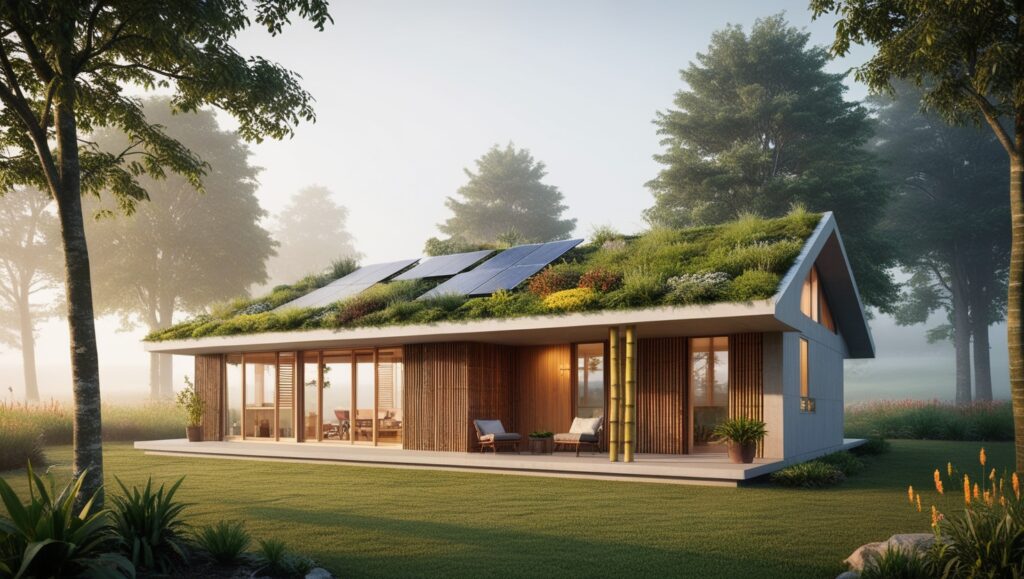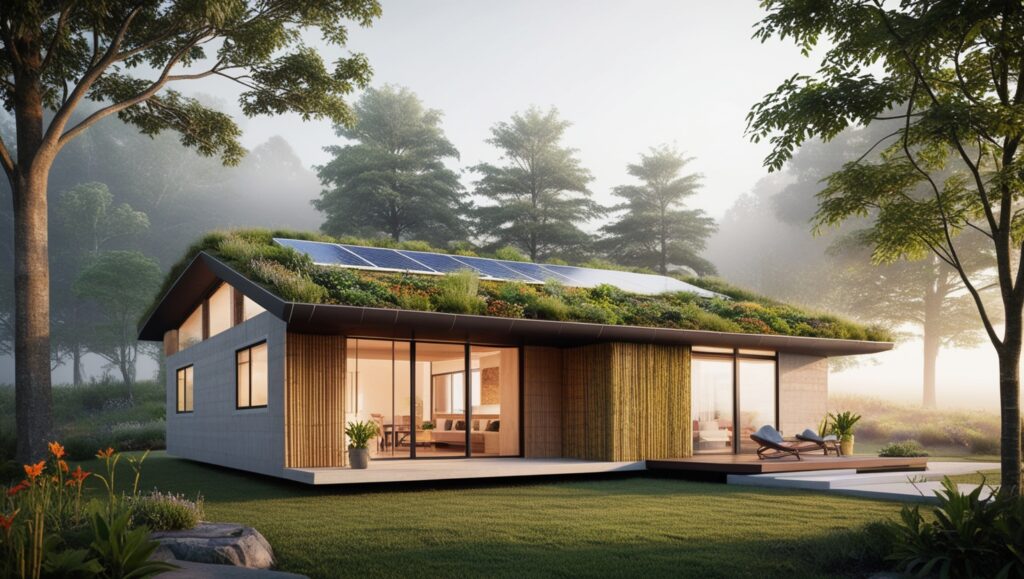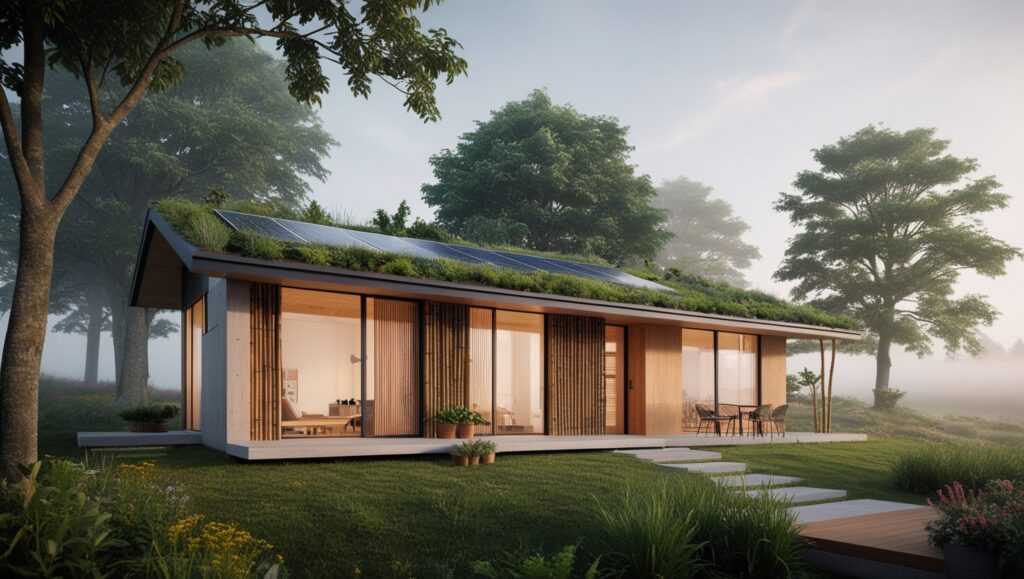Sustainable Housing: Eco-Friendly Materials and Techniques for Modern Homes

As environmental concerns grow, sustainable housing has become a priority for many homeowners and builders. By using eco-friendly materials and techniques, modern homes can reduce their environmental impact while promoting energy efficiency and long-term savings. Here is a guide to creating a sustainable home that aligns with both environmental and aesthetic goals.
1. The Importance of Sustainable Housing
Sustainable housing minimizes the negative impact on the environment by using resources responsibly. It emphasizes energy efficiency, waste reduction, and the use of renewable materials. Beyond environmental benefits, sustainable homes often result in lower energy bills, improved indoor air quality, and increased property value.
2. Eco-Friendly Building Materials
Using sustainable materials is a cornerstone of eco-friendly construction. Some popular choices include:
- Bamboo: A fast-growing, renewable resource used for flooring, cabinetry, and structural elements.
- Recycled Steel: Ideal for framing, it reduces the need for new materials and offers durability.
- Rammed Earth: Composed of natural materials like clay and sand, it provides excellent insulation and a unique aesthetic.
- Recycled Wood: Salvaged wood adds character and reduces deforestation.
- Hempcrete: A biocomposite material made from hemp fibers, lime, and water, offering thermal insulation and carbon sequestration.
3. Energy-Efficient Design Techniques
Designing a home with energy efficiency in mind reduces its carbon footprint and lowers utility costs. Key techniques include:
- Passive Solar Design: Positioning the house to maximize natural light and heat from the sun.
- High-Performance Windows: Double- or triple-glazed windows reduce heat loss and improve insulation.
- Cool Roofs: Reflective materials or coatings minimize heat absorption, reducing the need for air conditioning.
- Green Roofs: Vegetation on rooftops provides insulation and absorbs rainwater, promoting biodiversity.
4. Renewable Energy Integration
Incorporating renewable energy sources can significantly reduce a home’s reliance on non-renewable resources. Options include:
- Solar Panels: Harness sunlight to generate electricity or heat water.
- Wind Turbines: Small-scale turbines can provide energy in suitable locations.
- Geothermal Systems: Utilize the Earth’s stable underground temperature for heating and cooling.

5. Water Conservation Techniques
Sustainable homes prioritize water efficiency through:
- Low-Flow Fixtures: Reduce water usage without compromising performance.
- Rainwater Harvesting Systems: Collect and store rainwater for irrigation or non-potable uses.
- Greywater Systems: Recycle water from sinks and showers for landscaping.
6. Smart Home Technology
Smart systems optimize energy use and enhance sustainability. Examples include:
- Smart Thermostats: Adjust heating and cooling based on usage patterns.
- Energy Monitoring Systems: Track and manage energy consumption in real time.
- Automated Lighting: Motion sensors and timers reduce unnecessary electricity use.
7. Sustainable Interior Finishes
Eco-friendly choices extend to the interior of the home, such as:
- Low-VOC Paints and Finishes: Improve indoor air quality by reducing harmful emissions.
- Natural Fiber Carpets: Made from materials like wool or jute, they are biodegradable and free of synthetic chemicals.
- Reclaimed Materials: Using repurposed tiles, countertops, or furniture adds character and reduces waste.
8. Certifications and Standards
To ensure a home meets sustainability goals, consider certifications like:
- LEED (Leadership in Energy and Environmental Design): A globally recognized green building certification.
- Passive House Standard: Focuses on energy efficiency and airtight construction.
- BREEAM (Building Research Establishment Environmental Assessment Method): Assesses the environmental performance of buildings.

Final Thoughts
Building a sustainable home requires careful planning and thoughtful material selection, but the long-term benefits are worth the effort. By adopting eco-friendly materials and techniques, you can create a home that is not only beautiful and functional but also kind to the planet. Sustainable housing is an investment in a greener future for you and generations to come.






